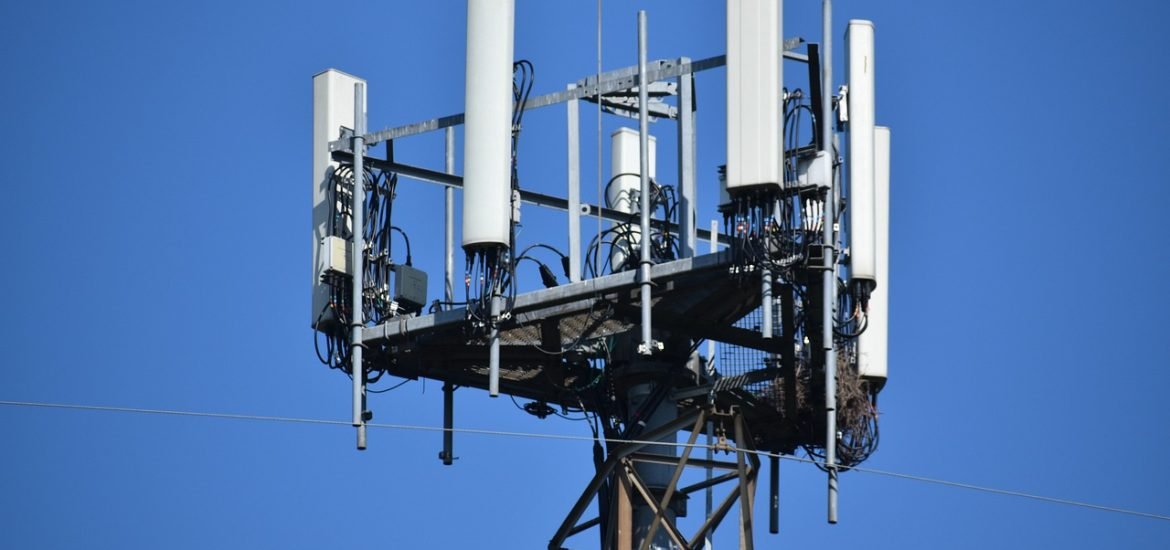
Researchers from multiple European organisations are part of an European project to develop a communication network that is faster, more reliable, and more efficient than the current 5G network. The aim is to be able to meet the demands of the new generation of applications. In effect, a 6G netowrk.
A 5G network is becoming widely used, but it doesn’t cover increasing demands from new technology. To advance further, future mobile communications must rely on a more straightforward and autonomous way than the current 5G. “Future applications are expected to demand much more bandwidth, as well as much lower and bounded latencies [i.e., they demand immediate responses]. The applications include autonomous vehicles, spatial computing, and augmented reality,” said Carlos Bernardos, a lecturer from the Universidad Carlos III de Madrid and a project researcher.
Due to these requirements, the European consortium involved in the DESIRE6G project will develop a contactless organisation, management, and control platform through native integration of artificial intelligence to cover extreme URLLC applications, including fast and reliable communications.
“The project’s developments will allow applications such as autonomous driving, industrial robotics, spatial computing, or augmented reality to be viable and more efficient. With current technologies, these examples of applications are directly unfeasible or have fields of use which are limited to a narrow set of cases,” said Bernardos. Furthermore, this new network architecture is also expected to reduce energy consumption. “Reducing the energy consumption and carbon footprint of communications networks is a growing concern due to the importance of networks in today’s multi-level society.”
To complete this project, the research team will use terahertz communication, artificial intelligence, and machine learning to design new hardware and software components that will function as the new wireless communication system. Once this step is done, the team will test the system in two scenarios using extended reality and a digital twin application, which is a virtual replica of a product to adapt new solutions to the real product.
The DESIRE6G project is a three-year project that will last until December 2025. It is funded by the European Commission’s Horizon Europe program, and it includes 14 partners such as universities, technology-based SMEs and other industry-related organisations.
You can find out more information at https://desire6g.eu/